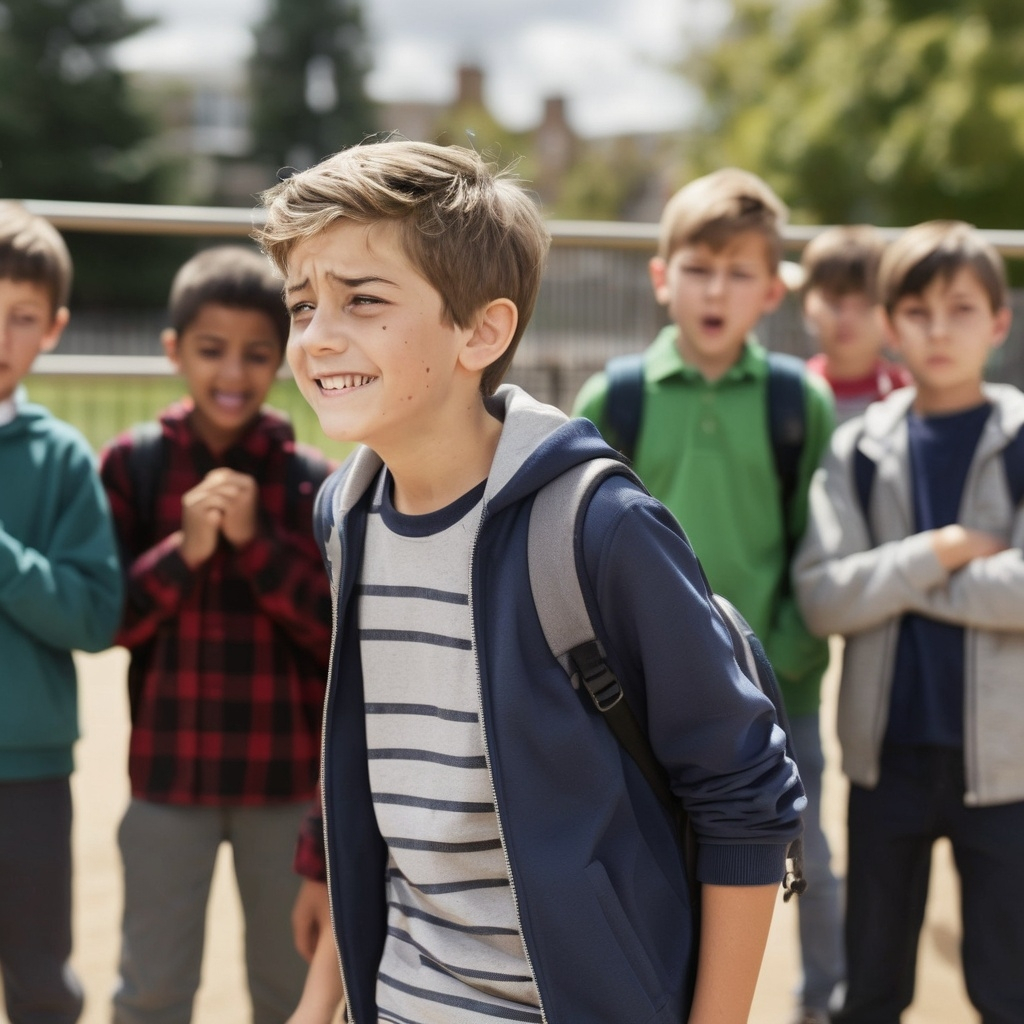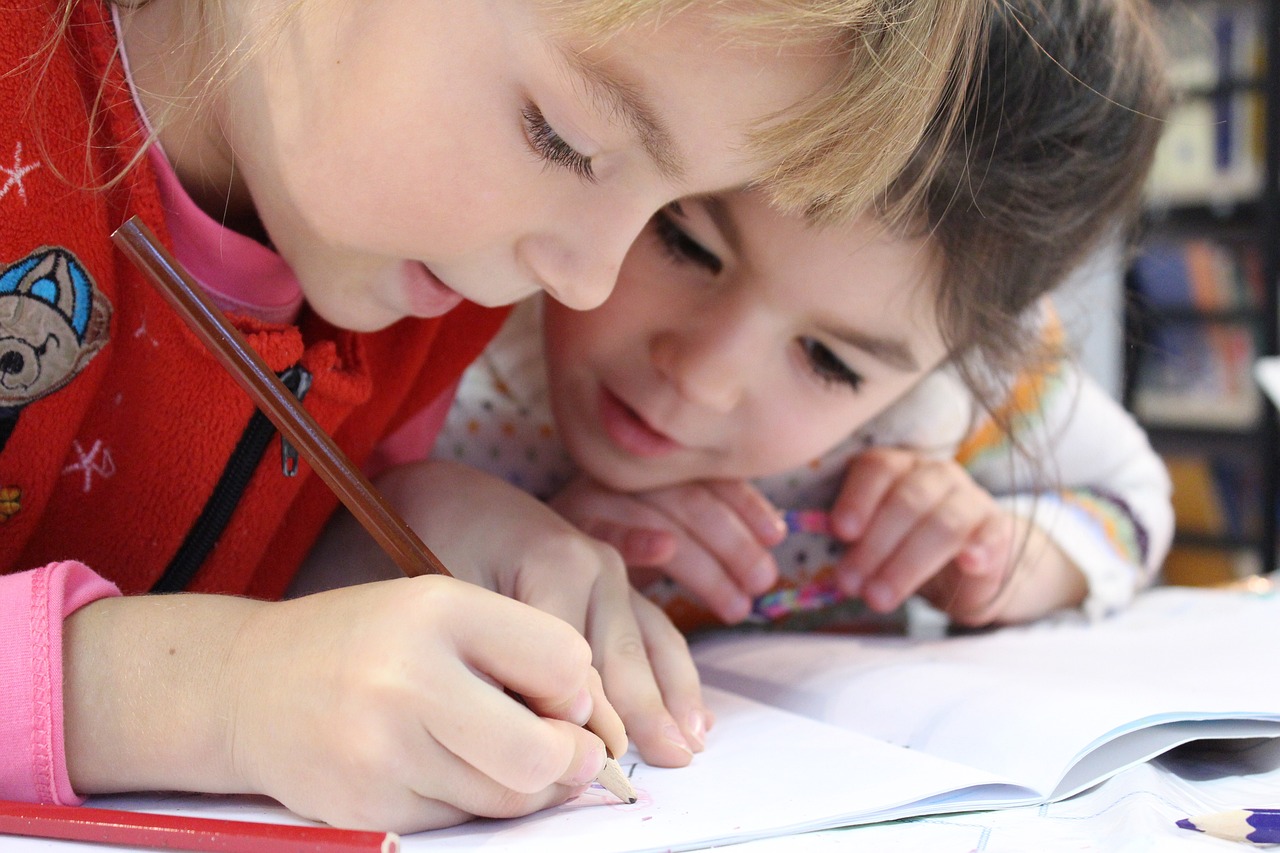The educational landscape is forever changing. With new developments in teaching practices, what was once ‘just the way we do it’, is now ‘just the way we did it’. As education continues to always (sometimes) evolve, one trend stands out as increasingly vital… the growing importance of resilience. Resilience has always been a hot topic, and sometimes the flavour of the month, but we’ve found it is increasingly important. Whether it’s because information is so easily shared with half a click, or in a post-COVID world resilience is much needed, the facts are that, we need to be intentionally teaching our kids how to bounce back. The challenges students face today are more complex and varied than ever before, making the development of resilience a crucial component of modern education.
The Changing Educational Landscape
The educational landscape is undergoing significant change, driven by technological advancements, shifts in social expectations, and the evolving needs of students. These changes bring both opportunities and challenges, dictating a focus on resilience to help students navigate this dynamic environment, and overcome the challenges of life.
One of the most notable changes is the integration of technology in education. Digital tools and online learning platforms have become integral to the educational experience, offering new ways to engage students and personalise learning. However, this shift also presents challenges, such as digital equity, cyberbullying, and the need for students to adapt to these changing technologies. I saw an art depiction recently showing the evolution of children from the 1950s to the 2024s, showing kids playing games in the schoolyard with their skipping ropes, to playing games in the schoolyard on their phones. Using verbal words and physical actions teaches students to collaborate and come up with solutions to their problems together, whereas when students are stuck online, they are stuck in solitude in their own heads. This little example is just one of the importance of intentionally teaching resilience at school.
Additionally, there is a growing emphasis on social-emotional learning (SEL). SEL programs aim to equip students with the skills to manage their emotions, build healthy relationships, and make responsible decisions. These programs recognise that academic success is intertwined with emotional well-being and that resilience is a key factor in both.
The Role of Resilience in Education
Resilience is the ability to adapt and thrive in the face of adversity. Simply put, ‘the ability to overcome a challenge’. It involves a combination of inner strength, flexibility, and a positive mindset that enables individuals to overcome challenges and grow from their experiences. When looking at it in the world of education resilience helps students cope with academic pressures in the classroom, social dynamics in the playground, and personal issues at home and in life, ultimately leading to better outcomes.
As educators, our role is to create environments that support the development of resilience. This involves not only teaching academic content but also fostering the skills and attitudes that help students manage stress, persevere through difficulties, and bounce back from setbacks. Here are some emerging trends in education that highlight the growing importance of resilience, and what you can do to help.
Personalised Learning and Resilience
Personalised learning tailors educational experiences to meet the individual needs, interests, and abilities of each student. This approach recognises that students learn at different paces and in different ways, and it allows for greater flexibility in how they achieve their learning goals. Personalised learning also supports resilience by encouraging students to take ownership of their learning and develop self-regulation skills.
To implement personalised learning, educators can use adaptive learning technologies, differentiated instruction, and project-based learning. These methods allow students to explore topics that interest them, work at their own pace, and engage in meaningful, hands-on activities. By providing opportunities for choice and autonomy, personalised learning helps students build confidence and resilience.
For example, in a personalised learning environment, a student struggling with math might use an adaptive learning program that adjusts the difficulty of problems based on their progress. This allows the student to work through challenges at their own pace, receive immediate feedback, and experience success, fostering a sense of accomplishment and resilience.
Emphasising Growth Mindset
The concept of a growth mindset, popularised by psychologist Carol Dweck, is another trend that aligns closely with the importance of resilience. A growth mindset is the belief that abilities and intelligence can be developed through effort, practice, and perseverance. This mindset encourages students to view challenges as opportunities for growth rather than as insurmountable obstacles.
Educators can foster a growth mindset by using language that emphasises effort and improvement, rather than innate ability. Praising students for their hard work, persistence, and strategies used to overcome difficulties helps them see the value of effort and resilience. Incorporating growth mindset principles into classroom culture can significantly impact students’ attitudes towards learning and their ability to cope with challenges.
For instance, instead of telling a student, "You’re so smart," praise specific efforts such as, "I’m impressed by how hard you worked on that project." This reinforces the idea that success comes from effort and perseverance, encouraging students to keep trying even when faced with difficulties. This is something that can even be taught from birth. I am constantly stopping myself from telling my 3-year-old daughter that she’s so good and trying to drill into her that it’s the effort that matters and not the end result.
Social-Emotional Learning and Resilience
Social-emotional learning (SEL) programs are increasingly being integrated into school curricula to support students’ emotional and social development. SEL focuses on skills such as self-awareness, self-management, social awareness, relationship skills, and responsible decision-making. These skills are essential for building resilience, as they help students navigate social interactions, manage stress, and make positive choices.
Implementing SEL programs involves teaching these skills explicitly through lessons and activities, as well as creating a supportive school environment that promotes emotional well-being. Educators can use a variety of SEL resources, such as mindfulness exercises, role-playing scenarios, and collaborative projects, to help students practice and develop these skills.
For example, a classroom might start the day with a mindfulness exercise to help students focus and reduce stress. Throughout the day, teachers can incorporate SEL activities, such as group discussions on empathy or role-playing scenarios to practice conflict resolution. By embedding SEL into the daily routine, educators help students build the resilience they need to handle challenges both inside and outside the classroom.
Developing Real-World Skills
Another emerging trend in education is the emphasis on developing real-world skills that prepare students for the complexities of life beyond the classroom. These skills include critical thinking, problem-solving, collaboration, and adaptability—all of which are closely linked to resilience. By engaging students in activities that mimic real-world challenges, educators can help them build the resilience they need to succeed in diverse contexts.
Project-based learning (PBL) is an effective approach to developing real-world skills. PBL involves students working on extended projects that require them to apply knowledge and skills to solve authentic problems. This method encourages students to think critically, work collaboratively, and persevere through difficulties, all of which contribute to resilience.
For instance, a PBL project might involve students researching a local environmental issue and developing a plan to address it. Throughout the project, students must gather information, analyse data, collaborate with peers, and present their findings. This process requires them to navigate challenges, adapt to new information, and persist despite setbacks, fostering resilience and real-world problem-solving skills.
The growing importance of resilience in education reflects the recognition that students need more than academic knowledge to succeed in today’s complex world. As the educational landscape continues to evolve, fostering resilience becomes increasingly essential. By embracing the trends outlined above, educators can create environments that support students’ ability to adapt, overcome challenges, and thrive
As we look to the future of education, it is clear that resilience will play a central role in shaping the experiences and outcomes of students. By prioritising resilience in our teaching practices, we can help students develop the skills and attitudes they need to navigate the uncertainties of life with confidence and determination. In doing so, we not only prepare them for academic success but also for the broader challenges they will face in their personal and professional lives.





